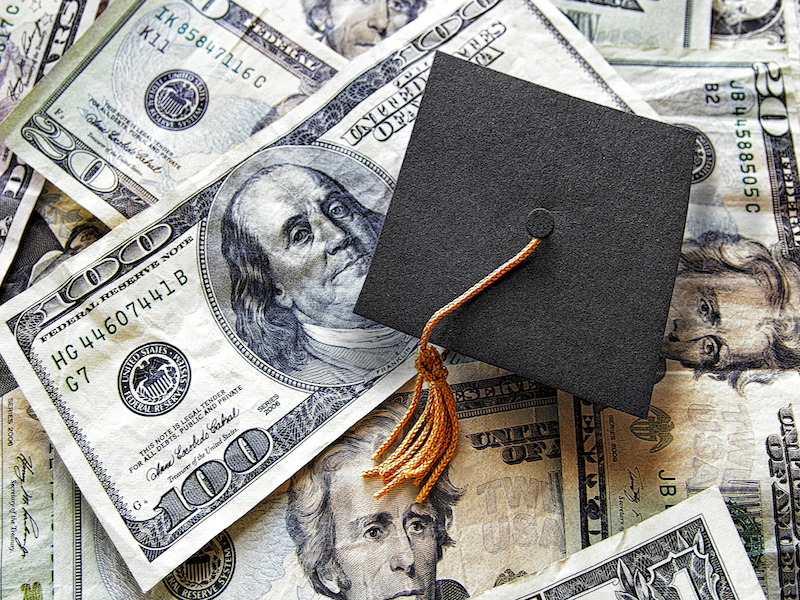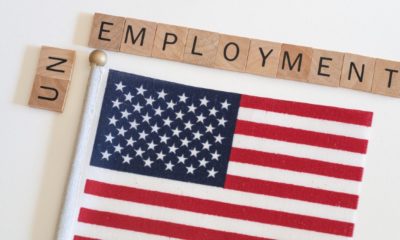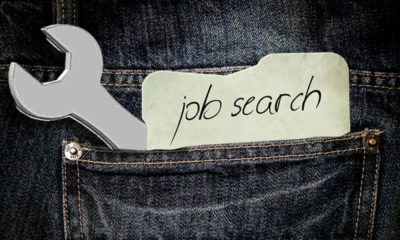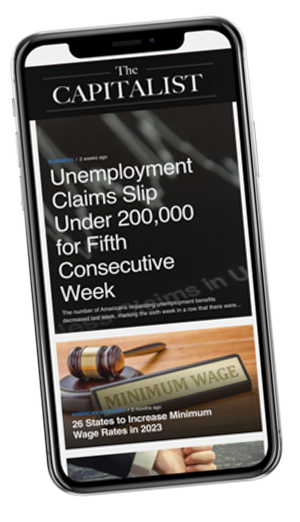Uncategorized
The Threat Of An Education Bubble Burst

Education Bubble will Burst Soon if Action Isn't Taken
The Federal Reserve Bank of New York reports student debt has risen from $ 440 billion to $ 550 billion since the 2008 financial crisis. That's an increase of 25 %.
Experts have been wary of an education bubble for many years now. The education bubble is created when students take out significant amounts of loans to pay for higher education. The rate of remuneration slows, creating a massive percent of the debt.
More students are seeking loans while the percent of loans exceeding their time frame are on the rise. New York Fed reported an increase from 10.6 % to 11.2 % of student loans that are 90 days or more past due date.
Price of Education
There is a direct link between satisfaction, social mobility, retirement burden, financial stability, and prosperity. While the governmental efforts to make higher education feasible are honorable, increases in tuition fees and a higher volume of student enrollment has caused drastic changes.
College boards show the average tuition for the 2015 – 2016 school year are as follows;
- Junior College – 2-year college – $ 3, 435 / year
- Four-year Public State College – In-State Resident – $ 9, 410 / year
- Four-year Public State College – Out of State Resident – $ 23, 893 / year
- Four years Private Nonprofit College – $ 32, 405 / year
Each sector has experienced an increase in price since the 2014 – 2015 school year.
- Junior College saw a 3.0 % increase.
- Public State College for an in-state resident increased by 2.9 %.
- 3.4 % increase inGovernment run State College for an out of state
- Private colleges saw the greatest increase across the board with a 3. 6 % incline.
Student loans equate to over $ 1.2 trillion. Stocks on such debts have tripled. To make matters complicated households with a net worth less than $ 8, 500 hold 60 % of the burden. 45 % of all federally owned financial assets are student loans.
Read more: If you want to lower your student loan payment, click here
Workforce and Education
Economic changes are in part to blame for the increased debt. 7 out of 10 graduates are now graduating with debt. The Education system is beginning to fall short of its promise to improve financial stability. Average starting salaries for undergraduates have been slowly decreasing. It fell $ 3, 000 to $ 27, 00 in one year.
Undergraduates aren't the only affected by pay drops. Law students are down $ 12, 000 for beginning salaries from $ 72, 000 to $ 60, 000. An average law degree ranges from $ 45, 000 – $ 54, 000 yearly. The law certificate prices added to the debt they may have incurred through undergraduate school.
The increase in completed degrees is losing the effect of supply and demand. As more applicants show higher education including technical school training, the need for such diminishes.
New occupations are created yearly increasing the need for criteria to be updated. This can be costly and time-consuming to universities. In other words, by the time a 4-year degree is created, there are enhanced techniques and skills already preferred by employers. Some of which may not have been updated to the student. Technological advances are creating the same dilemma.
National Unemployment Rates
While, there is a notable decrease in the job rate and starting salary of graduates, they are still shown to be better off in the workforce. According to a Labor Department report graduates aged 25 and over whom have obtained a minimum of a bachelor's degree shows an unemployment rate of 4.3 percent.
The same age bracket described to have some college experience has an unemployment rate of 8.3 percent. If a high school diploma was the highest achieved, unemployment rises to 9.3 percent.
Labor statistics have reported an increase of 160, 000 employment rate changing the national average for unemployment to 5.0 percent.
Actions by Universities
Some universities have begun to enforce a no-loan policy. Students must be capable of paying for their education solely through grants, scholarships or resources they have themselves. Two-year colleges are becoming an affordable alternative to pricey 4-year colleges.
Some higher education facilities have implemented tuition resets. Efforts are underway at the government and Ion level to help keep the educational bubble from bursting. The main concern is the sacrifices said colleges are making in return for implementing prices.
Need for Education About Education
Education about the prices of colleges, debt rate and realistic employment opportunities should be taught at the high school level. Encouragement should be given for early saving to obtain a college degree. This should start from a young age. Yearly updates on pricing and interest rates for student loans could spark interest and need for change.
One in five student loans that have entered repayment has gone into default since 1995. With the increase in accessibility and acceptance for governmental student loans, something needs to change and quickly.















